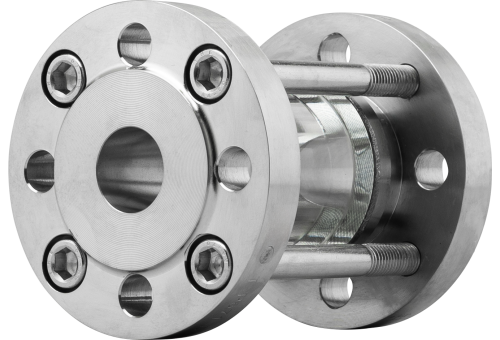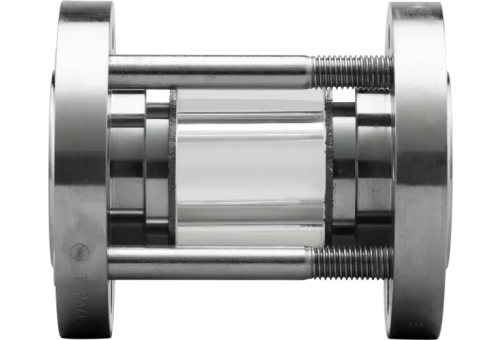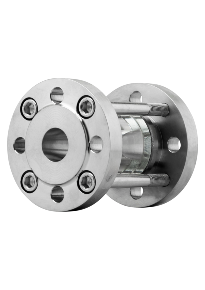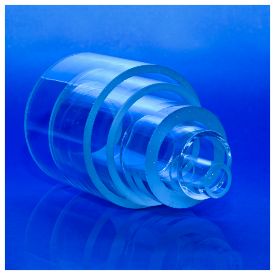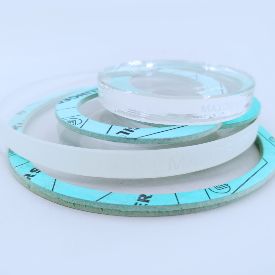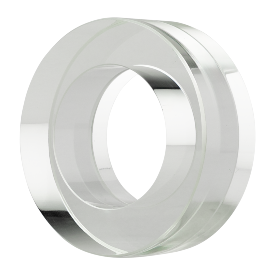Tubular sight glass type 671 PN25/40
Glass ring tubular sight glass for operating pressures up to 40 barg with 360° visibility
The glass ring tubular sight glass type 671 is a particularly robust design of our tubular sight glasses.
Type 671 is designed for operating pressures up to 40 barg and can be easily installed between flanges according to DIN EN 1092-1. Thanks to its compact design, the sight glass is ideal for later installation in existing systems – even in tight spaces.
Even with larger nominal sizes, operating pressures of 20 barg can be achieved with type 671.
The standard version with borosilicate glass is suitable for operating temperatures up to 280 °C.
The sealing of the fitting is done with flat gaskets tailored to your needs from a wide range of materials. This includes common fiber gaskets as well as more demanding materials such as PTFE (Teflon®), NBR, novaphit® MST-XP, KlingerSil® C4400 and many other brand gaskets.
- Screws
- Flange
- Gasket
- Glass ring tubular sight glass type 641
- Gasket
- Flange
Cross-section
drawing
| DN | 10 | 15 | 20 | 25 | 32 | 40 | 50 | 65 | 80 | 100 | 125 | 150 |
|---|---|---|---|---|---|---|---|---|---|---|---|---|
|
Di [mm] |
13 | 18 | 23 | 29 | 38 | 44 | 55 | 71 | 83 | 108 | 132 | 160 |
|
DF [mm] |
40 | 45 | 58 | 68 | 78 | 88 | 102 | 122 | 138 | 162 | 188 | 218 |
|
L [mm] |
134 | 134 | 134 | 134 | 144 | 144 | 146 | 148 | 148 | 158 | 174 | 174 |
|
Weight. [kg] |
1 | 3 | 3,5 | 4 | 6 | 7 | 9 | 11 | 13 | 15 | 19 | 24 |
| PS³ [barg] | 40 | 40 | 40 | 40 | 40 | 40 | 40 | 25 | 25 | 25 | 20 | 20 |
|
Outer diameter, pitch circle and drillings according to DIN 1092-1 |
||||||||||||





